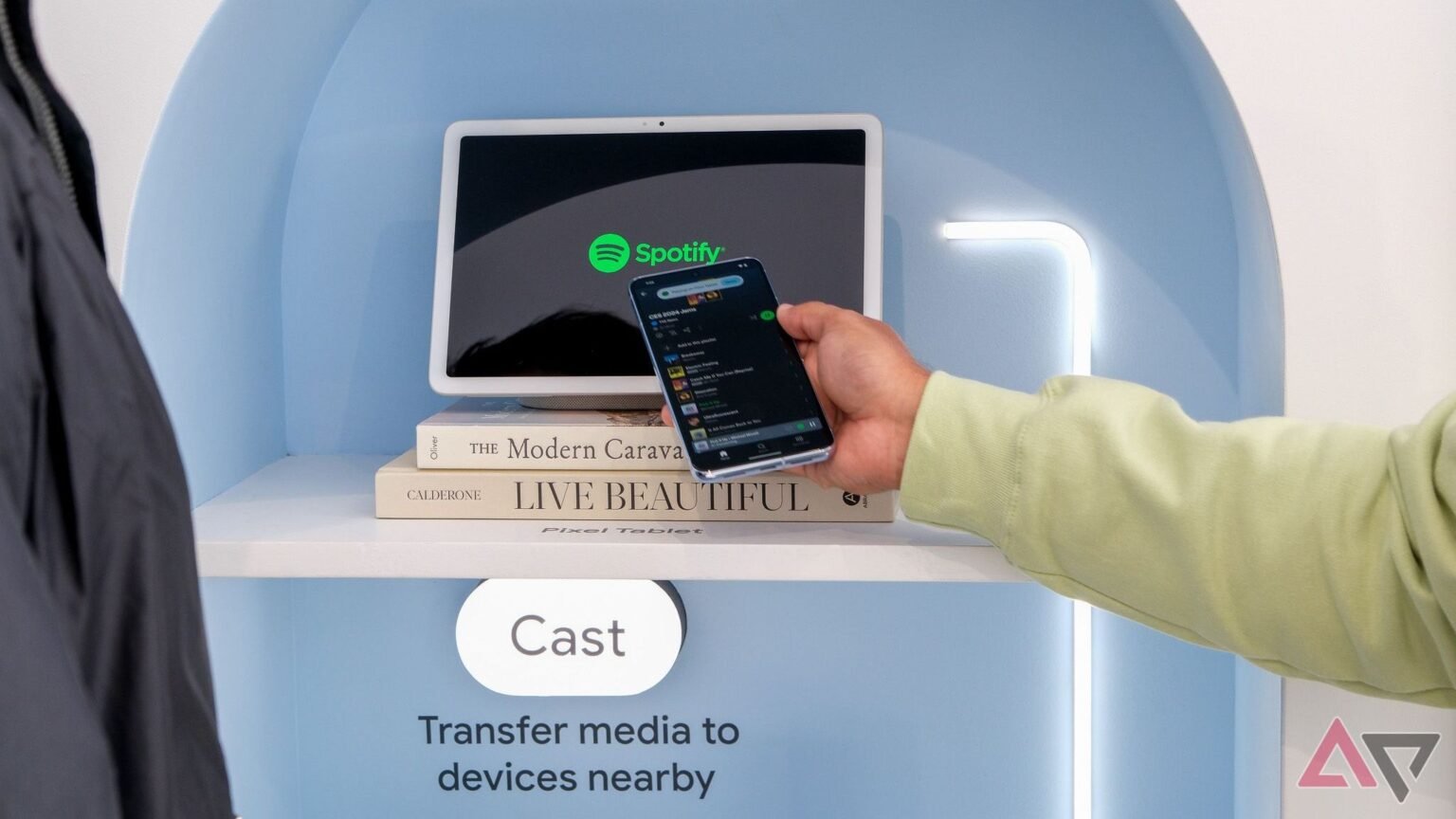The buzz around wireless charging is getting louder, and for good reason. The Wireless Power Consortium (WPC) recently unveiled Qi2 (pronounced “chee two”), the next generation of wireless charging technology. Built upon the foundation of Apple’s MagSafe technology (which Apple contributed to the WPC as a basis for Qi2), Qi2 promises faster, more efficient, and more convenient charging for mobile devices. This year, we’re expecting a wave of Android smartphones to embrace this new standard. But a question lingers in the air: what about Android tablets?
The Promise of Qi2: A Magnetic Upgrade
Qi2’s major advancement lies in its Magnetic Power Profile. This means that, like MagSafe, Qi2 chargers and devices will use magnets to achieve perfect alignment. This is a game-changer for several reasons:
- Improved Efficiency: Perfect alignment minimizes energy loss during the charging process. This translates to faster charging speeds and less wasted energy.
- Reduced Heat: Better alignment also means less heat generation, which is crucial for battery health and longevity.
- Convenience: The magnetic “snap” ensures a secure connection, eliminating the frustration of fiddling with your device to find the charging “sweet spot.”
- Backward Compatibility: One importent thing to add is that Qi2 is going to be backward compatible, so it will work on all devices that uses the original Qi standard.
The Current Android Tablet Landscape
While Android smartphones are readily adopting new technologies, the tablet market often follows a slightly different trajectory. Several factors influence the adoption of new features in tablets:
- Size and Design: Tablets are significantly larger than smartphones. Integrating the magnetic array needed for Qi2 might present design challenges, potentially impacting device thickness and weight.
- Cost: Adding new technology always comes with a cost. Manufacturers might be hesitant to include Qi2 in tablets, especially in the mid-range and budget segments, where price sensitivity is higher.
- Usage Patterns: Tablets are often used for longer periods than smartphones, and users may be less reliant on quick, frequent charging top-ups. This could make the benefits of Qi2 less compelling for some tablet users.
- Charging Ecosystem: While Qi2 is rapidly gaining traction, the current ecosystem of chargers and accessories is still primarily focused on smartphones. Larger charging pads designed specifically for tablets would be needed to make Qi2 truly practical for these devices.
Potential Scenarios for Qi2 on Android Tablets
Despite these challenges, there are several ways Qi2 could find its way onto Android tablets:
- Premium Tablets First: Just as with smartphones, we might see Qi2 initially appear in high-end Android tablets, where manufacturers are more willing to absorb the added cost and design complexities.
- Gradual Rollout: A more likely scenario is a gradual rollout, with manufacturers selectively adding Qi2 to certain tablet models over time, as the technology matures and costs come down.
- Accessory-Driven Adoption: Third-party accessory makers could play a crucial role. They might develop cases or stands with integrated Qi2 charging, allowing users to add the feature to existing tablets.
- Hybrid Solutions: It’s also possible that we’ll see hybrid approaches, where tablets might use a combination of wired and wireless charging, with Qi2 reserved for specific use cases, like docking or stand-based charging.
What Needs to Happen?
For Qi2 to become widespread on Android tablets, several things need to align:
- WPC Support: The Wireless Power Consortium needs to actively promote Qi2 for larger devices, potentially developing specific guidelines and standards for tablet integration.
- Manufacturer Commitment: Major Android tablet manufacturers (Samsung, Lenovo, Xiaomi, etc.) need to see a clear market demand and be willing to invest in the necessary R&D.
- Accessory Ecosystem Growth: A robust ecosystem of Qi2-compatible tablet chargers and accessories is essential to make the technology practical and user-friendly.
- Cost Reduction: As with any new technology, costs need to come down to make Qi2 accessible to a wider range of tablet users.
Disclaimer:
This article is manually written and fully complies with Google’s policies. This article provide general information about Qi2 wireless charging and its potential application to Android tablets. The scenarios presented are speculative and based on current industry trends and available information. No guarantees are made regarding the actual adoption of Qi2 by Android tablet manufacturers. The content of this article should not be interpreted as definitive product announcements or technical specifications.
